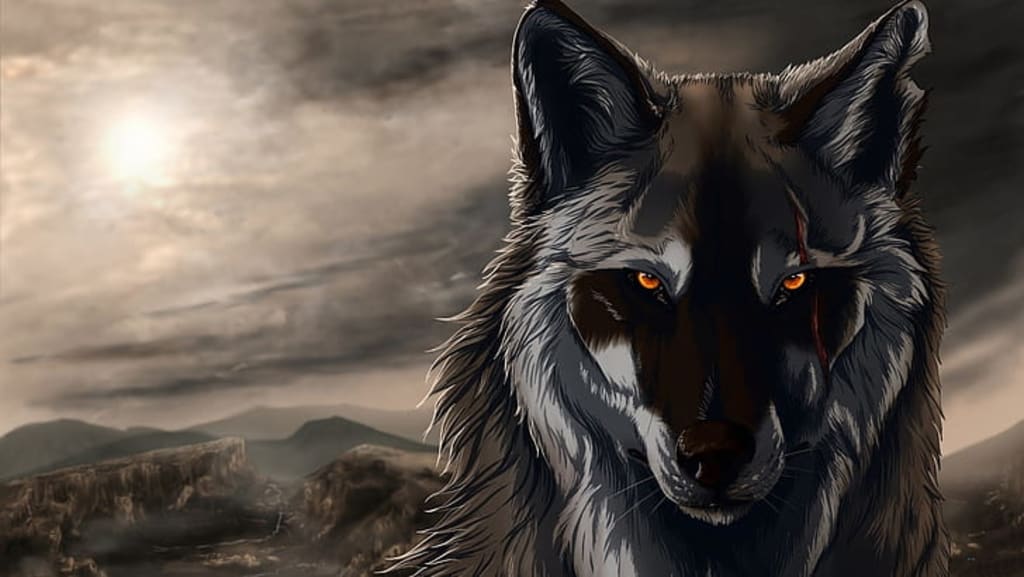
"Viking Wolf: Norway's First Werewolf Movie Delivers"
Stig Svendsen's film, Viking Wolf, has been billed as Norway's first werewolf movie and it certainly doesn't disappoint. As a recent acquisition by Netflix, the movie delivers on its promise to showcase a wild lycan on the loose in a small Norwegian town. What sets this film apart from others in the genre is its unique adaptation of the werewolf myth, tailored to fit the Scandinavian environment.
Despite its questionable title, Viking Wolf is a serious movie that incorporates the elements of modern Scandi-noir into a creature-feature. The story follows Thale Berg, a teenage city transplant who moves to a place called Nybø after the death of her father. This event has left Thale with a strained relationship with her mother, Liv Mjönes, who is the frazzled cop tasked with finding the killer. It is at a party where Thale encounters the titular beast and is bitten, setting off a series of events that lead to a thrilling chase.
While co-writers Stig Svendsen and Espen Aukan have created a unique mythos for their werewolf, the film lacks originality in other aspects. The story of Thale becoming cursed in adolescence is a familiar tale, and the climax of the film evokes memories of An American Werewolf in London. The werewolf design, which resembles a common wolf, may disappoint fans of humanoid designs but is a realistic representation of the creature. The CGI used for the werewolves, however, detracts from the action on screen and contributes to a disconnect from the story.
The pacing of the film is sluggish, and the mother-daughter story does not reach its full potential. The outcome is as sterile as the movie's aesthetic, making it a forgettable film without its setting and regional lore. Overall, while Viking Wolf delivers on its promise as Norway's first werewolf movie, it fails to offer anything new or memorable to the genre.
Additionally, the film's cinematography showcases the tranquil and beautiful rural vistas of Norway, but these shots, while pleasing to the eye, are unremarkable. The stress of the case and the strain of her home life weigh heavily on Thale's mother, adding to the tension of the movie. However, the lack of originality and the unsatisfactory CGI render the blood and action in the film as meager.
In conclusion, Viking Wolf may appeal to fans of the Scandi-noir genre, but it fails to offer anything new to the werewolf genre. The film's setting and regional lore are its only saving grace, as the story and cinematography fail to leave a lasting impression. The mother-daughter story falls short of its potential, and the climax is predictable and unsatisfying. Despite its unique adaptation of the werewolf myth, Viking Wolf falls short of delivering a memorable werewolf movie.
Furthermore, the creature design of the werewolf may disappoint fans expecting a more humanoid design. Instead, the creature resembles a common wolf, just larger and shaggier, likely due to the movie's effort to present a more realistic depiction. The movie's serious tone, while commendable, doesn't make up for the lack of creativity and imagination in the action sequences and confrontations between the werewolf and the characters.
Despite its good intentions, Viking Wolf fails to deliver a thrilling and memorable werewolf movie. The story lacks originality and the pacing is often sluggish, causing the audience to feel disconnected from the action on screen. The mother-daughter story arc could have been a standout feature, but it too falls short and fails to fully develop its potential.
In conclusion, Viking Wolf may be Norway's first werewolf movie, but it fails to stand out in the crowded genre of werewolf films. While the adaptation of the werewolf myth to fit the Scandinavian setting is commendable, the movie fails to deliver a thrilling and memorable experience, making it a forgettable entry in the genre.
About the Creator
Mohan Ramu
"A movie review should not only reflect the reviewer's personal opinion, but should also consider the wider cultural and social implications of the film."
"A story is a way to say something that can't be said any other way."





Comments
There are no comments for this story
Be the first to respond and start the conversation.